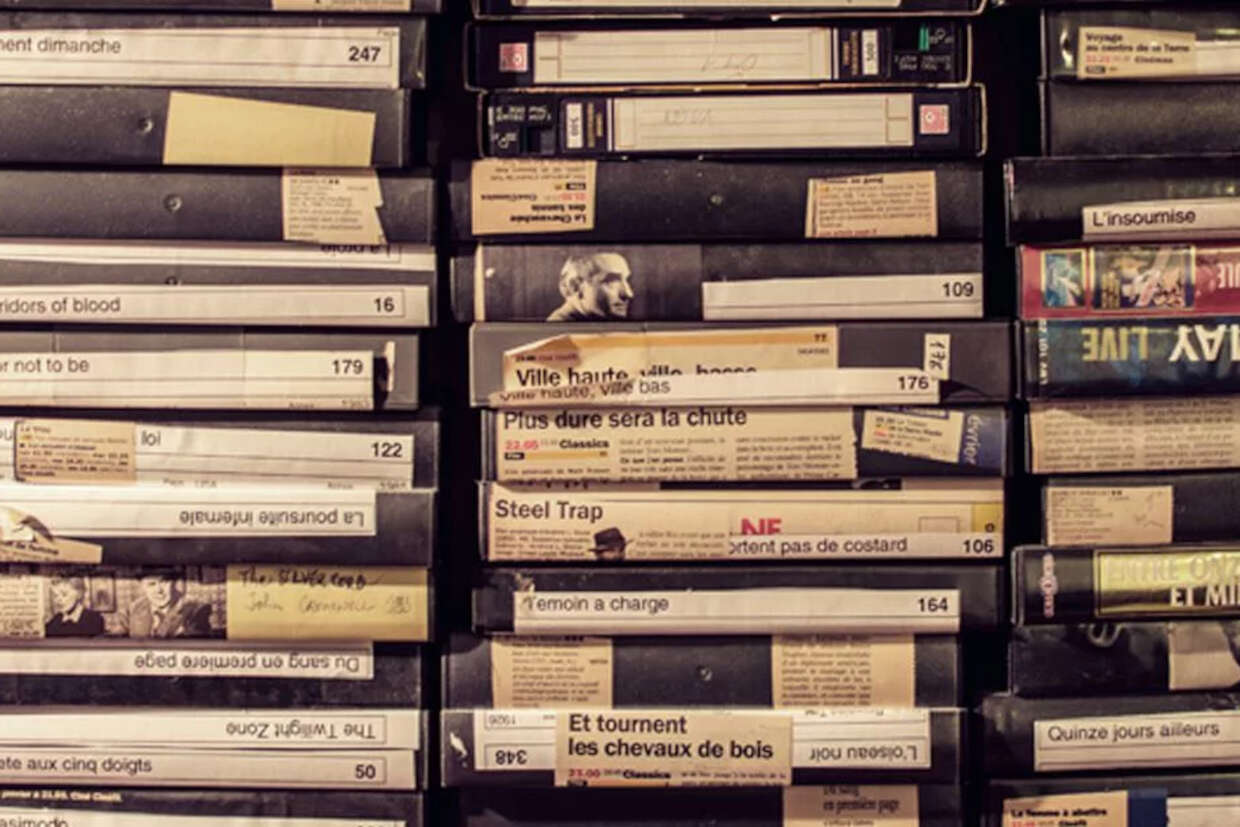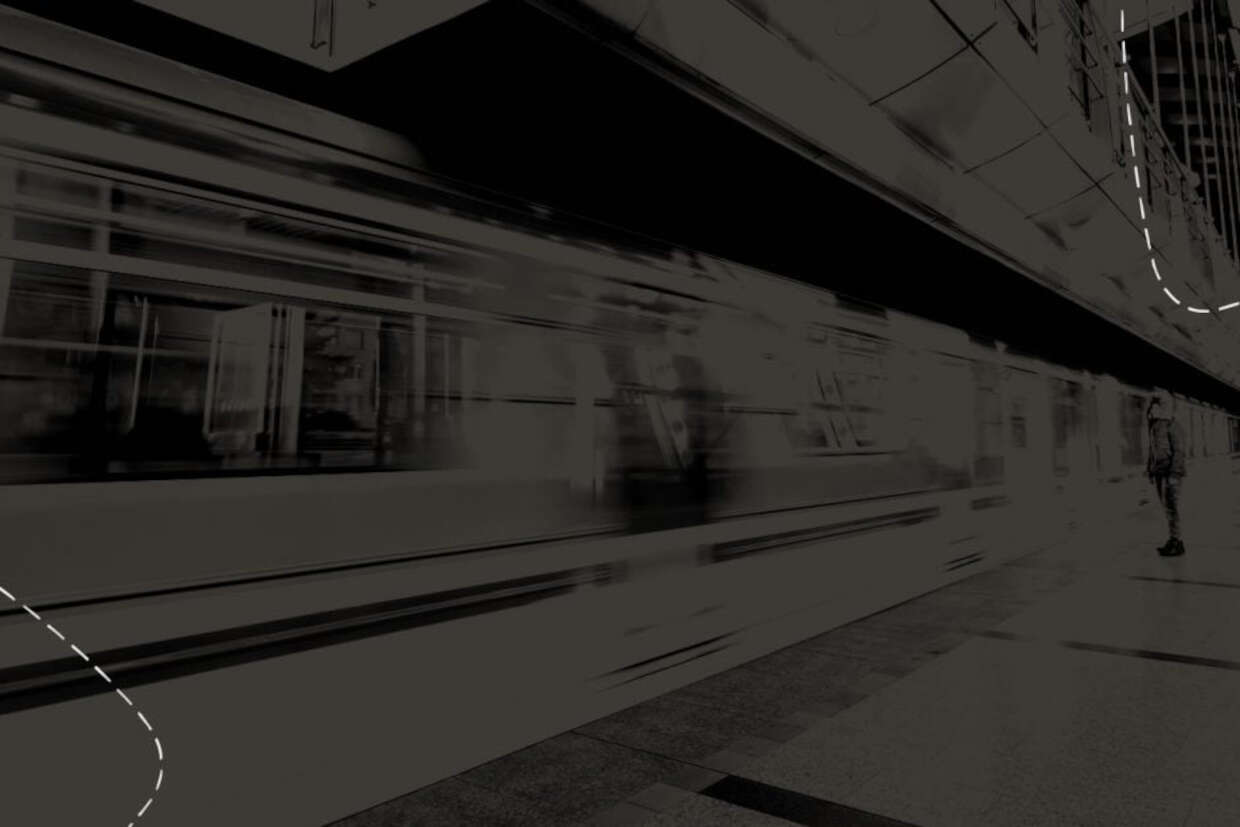Consider only the price, and Linear Tape-Open (LTO) magnetic tape storage seems cheaper than most cloud alternatives.
But in the age of specialised cloud-based storage solutions, tape is increasingly left exposed as the legacy technology that it is. Tape-based systems may promise a narrow price advantage, but this comes at the cost of the speed, flexibility and fluidity that today's data-intensive companies demand.
LTO storage has been in widespread use for the past 20 years. When it first appeared, it offered great benefits over disk-storage, which was far more expensive than it is today. Tumbling disk prices have since closed the price gap, but even with today's deduplication techniques, tape's up-front cost-per-gigabyte remains lower.

How to accelerate your video archiving

How is the cloud changing modern media management?

See Imagen in action
Why? Tape separates the storage medium from the recording device, which allows you to use a handful of tape drives with thousands of tapes - each of which is cheaper than the equivalent disk. LTO tapes can be stored cheaply at a high density, and unlike disks they don't need power or cooling to retain their data.
But looking at the up-front cost of tape tells only part of the story.
Large LTO systems have significant management and technical overheads which add to their operating costs, often making them more expensive than cloud storage in practice. Tape pricing is typically given on compressed capacity, but some file types - such as video - are particularly resistant to LTO's lossless compression.
In fact, tape has other downsides for companies in the video space. Perhaps most significantly, tape restricts what you can do with data, imposing long delays on file access and retrieval, and making modern indexing or analysis impractical. For these companies - and any data-intensive enterprise - we've examined how cloud-storage outperforms LTO across 10 key areas.
1. Speedy data access
Deadlines and workflows demand easy data retrieval, but LTO was designed as a long-term storage medium - without today's expectations for fast search and accessibility of data. Accessing a file on LTO tape can take hours or days, depending where the tape is, while large files can be slow to retrieve. By contrast, cloud storage offers near-instant access from any internet-connected device.
2. Reduced management overhead
Despite partial automation, LTO systems require significant manual intervention, with an associated investment in the necessary skills and expertise. On the other hand, cloud storage management requires little manual set up or intervention and no specialist technical knowledge.
3. Easy scalability
Storing more data requires more tapes, which can complicate the management and storage of an LTO library. With the cloud, storage is object-based, removing traditional limits on structure and file size. The result is an effectively infinite resource that scales transparently and seamlessly with your needs. IMG Replay, powered by Imagen, hosts the world’s largest sports archive. Its assets are located in a single platform, easily searchable and accessible 24/7.
4. Advanced search
Being essentially offline, an LTO library presents two major obstacles to search. First, searches depend on databases created at the time of archival. Second, you can't easily preview content before retrieving it from tape - comparing multiple candidates could take hours. Cloud storage allows files to be tagged with rich metadata, so video management platforms like Imagen can retrieve videos in seconds.
5. Global distribution
Within the cloud, large libraries of assets can be replicated to local points of presence, ensuring their availability for key customers in different regions. Imagen has a Global Delivery Network option for precisely this purpose. In contrast, tape is typically limited to physical copies held in one location. Assets for distribution need to be retrieved from tape and duplicated, adding time and hassle.
6. Improved data durability
Cloud storage offers up to ‘11-nines’ of data durability, including options to distribute data over multiple nodes in local or regional sites. With multi-layered data redundancy, data loss is virtually impossible.
Achieving redundancy with LTO means duplicating and shipping physical tapes to separate locations, with all the costs and implications for data security. Additionally, tape health should be checked regularly, adding complexity to distributed and duplicated archives.
7. Faster data recovery
The redundancy and geo-distribution options available with cloud storage mean that data retrieval is incredibly fast. With tape, it's a manual process that can involve the logistics of retrieving tape from one or more off-site storage locations before any data is even read.
8. Automatic technology refresh
While upgrades to cloud infrastructure happen in the background, LTO technology must be periodically refreshed - with associated costs for upgrading drives, tape libraries and archival software. Hardware may need to be maintained beyond end-of-life support, while major updates may mean re-indexing data - significantly adding to tape's total cost of ownership.
9. Future-proofing
Cloud object storage follows mature object storage protocols, allowing hardware and technical upgrades to take place transparently. On the other hand, LTO equipment has limited backwards and forwards compatibility, with new generations arriving every 2-3 years. Rewriting data to newer formats is a complex and time-consuming manual process, but even without this, upgrades can be problematic: in the summer of 2019, a patent dispute between Fujifilm and Sony led to a worldwide shortage of LTO-8 tape.
10. Applying artificial intelligence
The easy availability of archives held in cloud storage makes it simple to apply AI-powered indexing or enhancement techniques as they're developed - for example adding metadata or creating transcripts based on video or audio recognition. Such techniques can't interrogate an LTO library, so your understanding of its content remains unchanged from the day you stored it.
Comparing cloud and LTO storage? There's no contest
As you can see, when assessed across key criteria spanning the speed, flexibility and practicality of an archival solution, tape loses out to cloud storage by some margin. Additionally, its promise of lower up-front costs is quickly undone by the need for periodic technology refreshes, and higher operational expenditure on the logistics and management of large tape libraries.
Most critically, tape is fundamentally unsuited to the demands of companies that own, manage or need to work with large video archives. Tape storage is, by its nature, hard to duplicate and distribute between multiple partners. It's slow to search, while files are hard to preview and can be tedious to recover.
Tape archives aren't available to manual or AI-driven background processes either, such as indexing. An additional consideration is that quotes for LTO storage usually need to be amended to account for compression levels that can't be achieved with video.
Considered on up-front cost alone, a tape archive may still seem competitive, but its ongoing costs mean that cloud storage can be more cost-effective. Add in the massive advantages offered by cloud's transparent, distributed, scalable and secure model, and it's clearly time to eject LTO from any data-intensive business.



